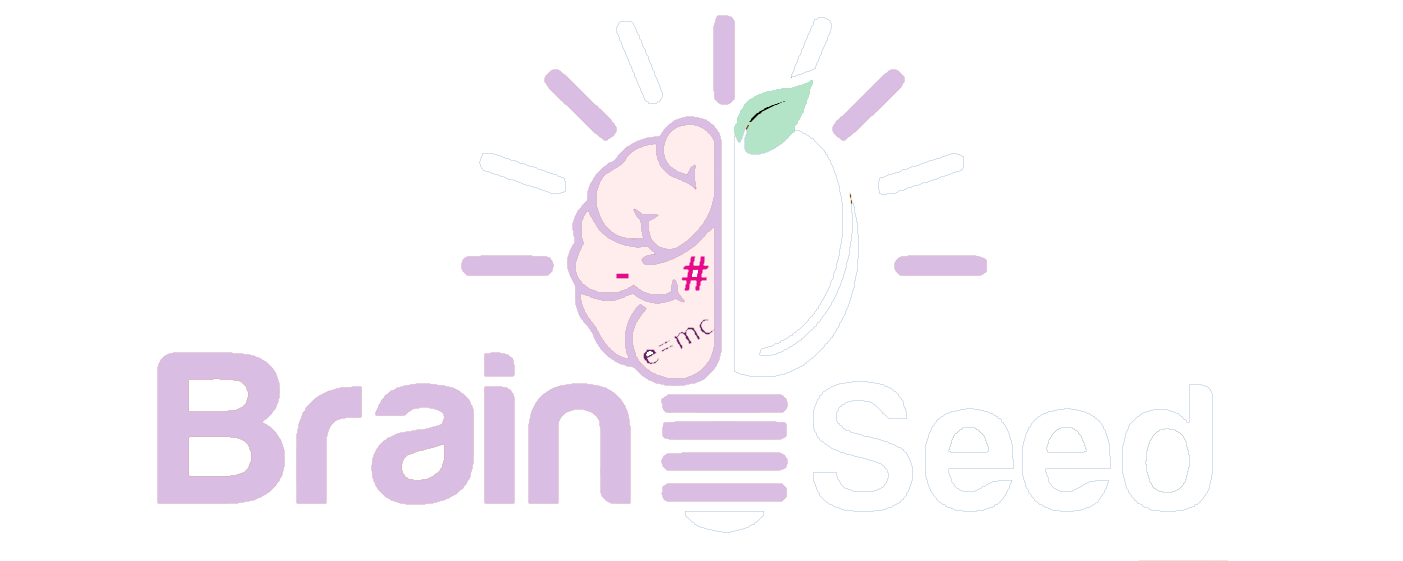What are the best strategies for teaching drama to students with attention deficit disorders?
Teaching drama to students with Attention Deficit Disorder (ADD) can be a challenging task, but it is also an excellent opportunity to use the power of drama to help these students learn and grow. With the right strategies, drama teachers can make the most out of their lessons and help students with ADD to develop their creativity, confidence, and interpersonal skills. In this article, we will explore some of the best approaches for teaching drama to students with ADD.
Use Structured Lessons with Clear Goals
Students with ADD often struggle to stay on track, so it is crucial to have a structured lesson plan with clear objectives. This will help them stay engaged and understand what is expected of them. Before the lesson, create a written plan that includes a clear goal, instructions for each activity, and a schedule. Break the lesson into smaller, more manageable sections, and include breaks or physical movement activities to help students maintain focus.
Incorporate Multi-Sensory Activities
Drama is a multi-sensory experience, which means it engages our senses as a whole, including touch, smell, sight, hearing, and taste. Using multi-sensory activities can help students with ADD stay engaged and focused. For example, you could use props or costumes to help them visualize the characters they are playing or have them create a sensory map of a scene. These types of activities help to engage students and make the learning experience more enjoyable and meaningful.
Use Positive Reinforcement
Positive reinforcement is a vital tool when working with students with ADD. It helps to build self-esteem and encourages good behavior. When a student with ADD shows progress, praise and reward them. It is important to use rewards that will be meaningful to the student, such as a sticker, extra break time, or an award. This type of positive reinforcement encourages proper behavior and helps students stay motivated.
Provide Opportunities for Movement
Students with ADD often have excess energy and have difficulty waiting for long periods. Providing opportunities for movement can help them release some of this energy and stay on track. Incorporate physical activities into the lesson, such as stretching exercises, dance routines, or movement-based games. These types of activities help students with ADD engage both their minds and bodies and can help them stay on track for longer periods.
Provide Clear Expectations and Instructions
Students with ADD often struggle with following directions and understanding what is expected of them. It is essential to provide clear and concise instructions that are easy to understand. Use visual aids or demonstrations to support instructions, and be sure to check for understanding. Provide ample opportunities for students to ask questions and clarify expectations.
In Conclusion
Teaching drama to students with ADD can be challenging, but it is also a rewarding experience. By using structured lessons with clear goals, incorporating multi-sensory activities, using positive reinforcement, providing opportunities for movement, and providing clear expectations and instructions, drama teachers can help students with ADD develop their creativity, confidence, and interpersonal skills. By employing these strategies, drama teachers can create an inclusive learning environment that addresses the needs of all students.
Are you looking for a fresh and exciting way to engage your school’s drama program or your child’s creativity? Try YouTube drama! It’s a fun and modern way for students to create and perform in their own videos. YouTube drama is flexible, convenient, and can even reach a wider audience. Plus, it teaches valuable skills like video production, editing, and storytelling. Click here to learn more about how YouTube drama can benefit your school’s drama program.







